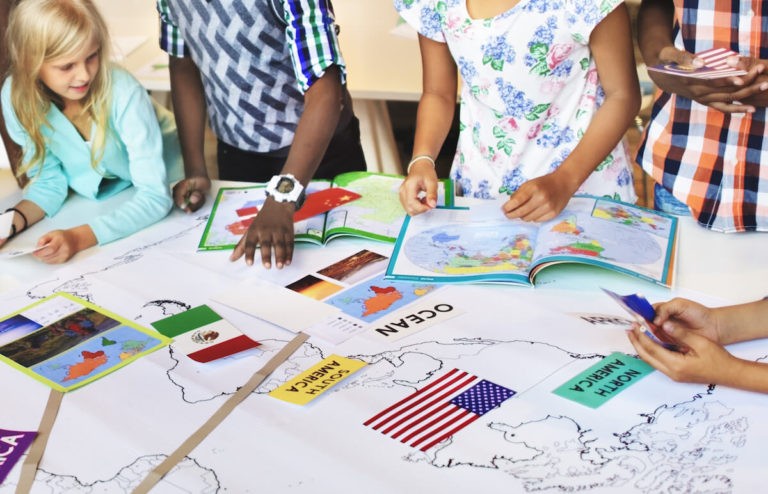Project-based learning, PBL for short, has become a popular teaching strategy used in today’s classroom. It is a method of teaching in which students learn by engaging in real-world projects that are meaningful to them. In PBL, students work on a project over a period of time. This could be from one week to several weeks. The project is meant to engage students in solving a real world problem or answering a complex, real world question. Students demonstrate their skills and knowledge by creating a product to be shared with their classmates and teacher, resulting in the development of content knowledge, critical thinking skills, collaboration, creativity, and communication skills. PBL allows students to be engaged in their learning, to create and to have a voice.
What are the Benefits of Interdisciplinary Studies?
Implementing interdisciplinary studies in a school setting involves the integration of two or more academic subjects. There are many benefits to interdisciplinary studies. Combining academic subjects provides a broader perspective and deeper learning experience for students and allows teachers to integrate multiple subjects into one lesson or project, enabling them to progress through curriculum faster and create richer, more meaningful learning experiences. Some reasons for why schools should embrace integrated learning are as follows:
- Students develop a better overall understanding of subject matter, including various perspectives and points of view pertaining to subject matter.
- Students exhibit an increased understanding and retention of subject matter.
- Students show an increased ability to solve problems.
- Students show increased ability to make decisions and think critically and creatively.
- Students gain a greater understanding of how to collaborate with others and be an active participant in the learning process.
- Students experience an increased motivation for learning new subject matter.
Educators and school administrators often ask “how can I best prepare my students?” While core content areas can be taught along side one another, integrating subjects can make the responsibility of preparing students more efficient for teachers and exciting for students. Integrating subjects helps students develop a meaningful understanding of associations between subject matter and topics. When coupled with project-based learning, integrating various subject matters makes school an interesting and productive place.
Why is PBL a Good Way to Promote Interdisciplinary Studies?
Project-based learning units that include multiple disciplines allow students to apply their knowledge to new situations, resulting in a deeper learning experience. PBL units and strategies challenge students to apply knowledge and skills from multiple disciplines and create new solutions to real world problems.
By using PBLs that include various disciplines, teachers can expose students to actual problems that require the use of creative thinking and collaboration. During such projects, teachers act as a facilitator and offer students constructive feedback and guidance in solving problems. PBL units lend themselves to the integration of multiple subjects.
For example, elementary school teachers can integrate reading, art, and social studies by choosing to use a Flags of the World unit. The goal of this unit is for students to better understand cultures, countries, values, and what flags around the world represent. In this unit, students are asked to research the flags of various countries, research their own cultures and family history, and to design an original flag that represents their own values and identity. While students participate in this PBL activity, they are being exposed to informational text, text features, learning about various cultures, gaining a new perspective on those that are different from them, and creating a product that demonstrates their knowledge. If teachers wish, they can participate in a pen pal portion of the unit, which would also integrate writing into the unit.
When implementing project-based learning to promote interdisciplinary studies, it is important to remember that this process may be intimidating to parents and students at first. This is especially true for students that are participating in project-based learning virtually, due to the 2020 global pandemic. Considering this, the following tips should be kept in mind to help support students and families as they participate in project-based learning.
- Give students clear expectations from the get-go.
- Explain the benefits of project-based learning, especially the opportunity it presents students to study various disciplines simultaneously.
- Explain how parents can provide support to students and explain to students how they can support each other.
- Research project ideas such as: student blogs and podcasts, recycling projects, and service learning projects.
For teachers that have not used project-based learning to integrate multiple subjects in the classroom, getting started might seem like a daunting task, but there are so many resources available. PBL Works is a website that explains the benefits of using project-based learning, offers PBL success stories, and provides research and evidence of why PBL works. The site also has various project cards that make PBL units easy to implement. Many of the project cards are free and indicate which grades and standards are addressed. Project-based learning is a great way to integrate subjects while making learning accessible, fun, and relevant.




